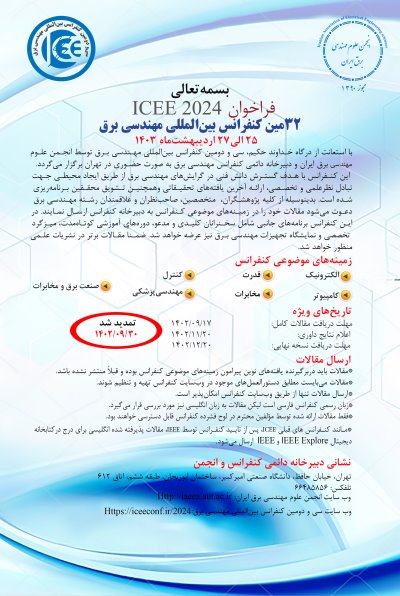0% Complete

نویسندگان :
کلمات کلیدی :
چکیده :
لیست مقالات بایگانی شده
Mohammad Amin Rezaei Gazik - Hossein Kazemi Karegar
Navid Mohammadi - Saeed Khankalantary
Saeedeh Zebhi - Smt Almodarresi - Vahid Abootalebi
سعیده صادقی - محسن راجی
Homayon Soltani Gohari - Amir Safaeinasab - Karim Abbaszadeh
Masoume Maghfourian - Ali Asghar Razi-Kazemi
Mehrdad Bagheri Sanjareh - Mohammad Hassan Nazari - Narges Sadat Ghiasi - Seyyed Mohammad Sadegh Ghiasi - Seyed Hoseein Hosseinian
Negin Shafinezhad - Maryam Mahmoudi - Hamid Abrishami - Vahid Baghishani
Mohammad Amin Chaychi zadeh - Nader Komjani
Hamidreza Javanmardi - Alireza Hamedi - Mahya Rahimzadeh





